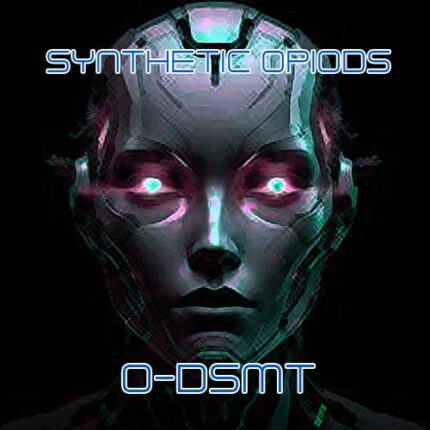

DMNPC
35,00 $ – 900,00 $Price range: 35,00 $ through 900,00 $
DMNPC (N,N-Dimethyl-3,4-Methylenedioxy-α-Pyrrolidinohexiophenone) is a high-purity stimulant for laboratory research only. Not for human consumption. Handle with care—strictly for scientific and analytical use.
⚡ DMNPC (N,N-Dimethyl-3,4-Methylenedioxy-α-Pyrrolidinohexiophenone)
Advanced Research Chemical in the Cathinone Family
DMNPC, or N,N-Dimethyl-3,4-Methylenedioxy-α-Pyrrolidinohexiophenone, is a synthetic stimulant compoundbelonging to the cathinone class — a family of chemicals known for their psychoactive and energizing effects. Structurally related to α-PHP and methylenedioxy cathinones, DMNPC has emerged as a compound of growing interest within pharmacological, forensic, and neurochemical research.
Scientific Overview
DMNPC acts as a central nervous system stimulant, interacting with key neurotransmitters such as dopamine, norepinephrine, and serotonin. Researchers studying its effects have noted characteristics consistent with stimulant activity, including:✨ Increased energy and focus⚙️ Heightened alertness and motivationElevated mood and cognitive engagement
These properties make DMNPC a valuable reference compound for investigating dopamine reuptake inhibition, addiction potential, and stimulant pharmacodynamics.
Applications in Research
DMNPC is utilized in professional laboratory environments for:
Pharmacological and neurochemical studies
Addiction and behavior research
Analytical and forensic testing
Due to its unique molecular structure and stimulant activity, it serves as a model compound for developing a deeper understanding of psychoactive agents and their neurological effects.
⚠️ Safety & Handling Notice
DMNPC is a powerful research chemical and should be handled only by trained laboratory professionals under appropriate safety conditions.
Potential hazards include:❗ Cardiovascular stimulation (elevated heart rate, blood pressure)❗ Anxiety, restlessness, or agitation❗ Unknown long-term toxicity or neurochemical impact
STRICTLY FOR RESEARCH USE ONLY
Not for human or animal consumption
Not for medical, dietary, or recreational use
For professional laboratory research only
All handling must comply with legal regulations and laboratory safety protocols.
Key Features
✅ Research-grade purity and consistency✅ Reliable analytical performance✅ Ideal for forensic and neuropharmacological research
Advance stimulant and neurotransmitter studies responsibly with DMNPC — designed for scientific precision, controlled environments, and strict research use only.

Shipping Information
We offer two shipping options:
📮 Standard Shipping – $30
Your order is sent with a regular postage stamp and placed directly into the postbox.
Please note: This option does not include tracking.
📦 Tracked Shipping (Correos Carta Certificada) – $50
Your order is sent with tracked, certified mail.
Delivery usually takes 7–30 days, and we will add your tracking number to your account once your package is shipped.
⏳ Reship Policy
We can only consider a reship once 30 days have passed since the original shipping date.
Related products

2F-DCK (2-Fluorodeschloroketamine)
35,00 $ – 900,00 $Price range: 35,00 $ through 900,00 $
A-PiHP
35,00 $ – 900,00 $Price range: 35,00 $ through 900,00 $
ADB-Butinaca
50,00 $ – 350,00 $Price range: 50,00 $ through 350,00 $
Etizolam Powder
50,00 $ – 800,00 $Price range: 50,00 $ through 800,00 $
FXE Fluorexetamine
35,00 $ – 250,00 $Price range: 35,00 $ through 250,00 $
MDPHP
35,00 $ – 900,00 $Price range: 35,00 $ through 900,00 $
NEP N-Ethylpentedrone
45,00 $ – 1.000,00 $Price range: 45,00 $ through 1.000,00 $


